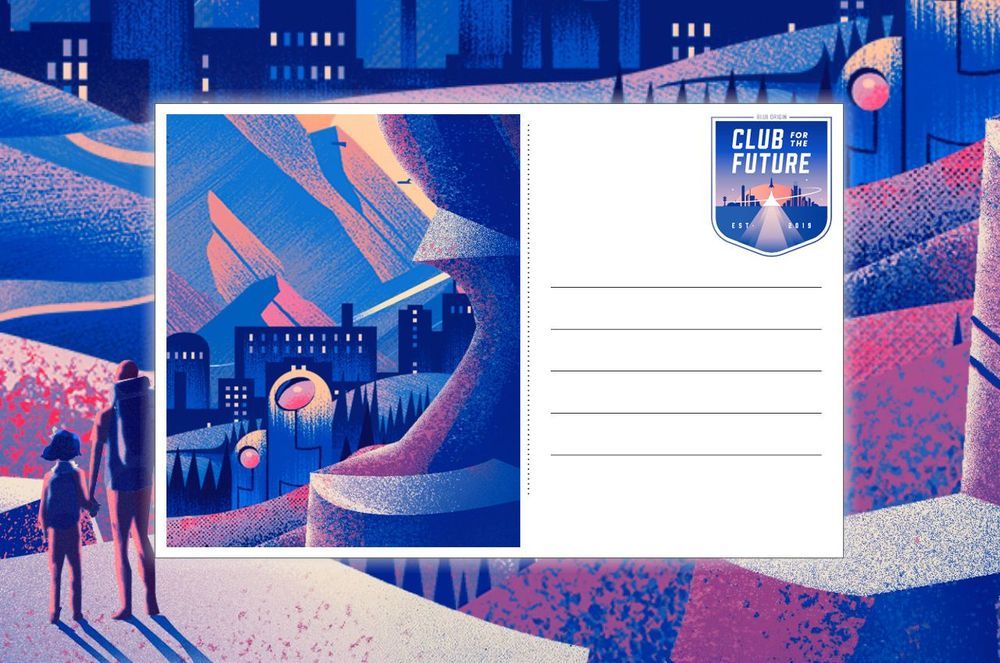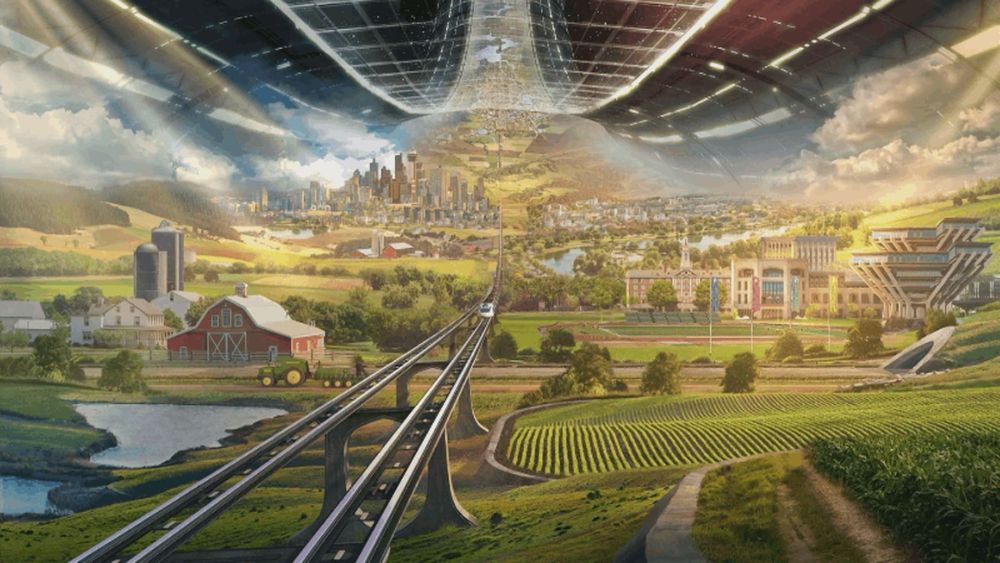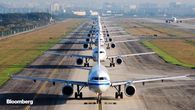I’m at the Humans to Mars Summit in Washington D.C. sharing about NASA’s plans to use the Moon as a proving ground for our ultimate goal of sending humans to Mars. Watch:
Category: space travel – Page 398

Jeff Bezos wants to save Earth by moving industry to space
The billionaire owner of Blue Origin outlines plans for mining, manufacturing, and colonies in space.
[Photo: Flickr user NASA Goddard Space Flight CenterFollow;courtesy of BlueOrigin].

Blazing Supersonic Plane Could Zoom From NY to Paris in 90 Min
Planes, Drones, and AI Machines
But going from Mach 2 to Mach 5 is not an easy undertaking. Hermeus is hoping to pull from existing technologies to make its insanely fast passenger plane a reality, including titanium materials and cutting edge rocketry.
It’s impossible to tell what the future of air travel will look like. If supersonic airplanes aren’t it, SpaceX founder Elon Musk has pushed for the idea that we’ll go between Earthly destinations in rockets that can technically take us to Mars.

Blue Origin kicks off kids’ space club with offer to launch postcards
Jeff Bezos is adding another title to his credit: space postmaster.
The Amazon CEO and founder of Blue Origin on Thursday (May 9) announced that his private spaceflight company has created a new program to inspire today’s youth to think about their future in space. To get them started, Bezos plans to launch and return 10,000 stamped postcards with students’ visions for humanity beyond Earth.
“One of the things we have to do is inspire the future generations,” said Bezos during a press event where he also unveiled his own far-reaching vision for space settlement, including Blue Origin’s Blue Moon lunar lander. “So today, I am announcing that Blue Origin is founding the Club for the Future, whose mission is to inspire young people to build the future of life in space.”


Here’s Everything Jeff Bezos Said to Convince Humanity That Space Colonies Are the Future
Amazon founder Jeff Bezos, the wealthiest man on the planet, gave an hour-long presentation yesterday about his plans for humanity’s future living on the moon and in space colonies. It was a bit like watching a monologue from a sci-fi movie in a lot of ways. And now you can finally view the entire presentation online for yourself.
Fellow billionaire Elon Musk generally makes a point of offering a live video stream whenever he announces something important and futuristic like this. But Bezos and his space company Blue Origin didn’t post a video of yesterday’s event until the middle of the night. It’s a fascinating talk, but maybe livestream the thing next time, Jeff? This is the future we’re talking about, after all.

You’ll Soon Be Able to See a Twice-Flown SpaceX Falcon 9 Up-Close in Houston
An upcoming exhibit at Space Center Houston will feature the core section of the Falcon 9 rocket used in two NASA missions.
Space Center Houston, the museum of NASA’s Johnson Space Center, announced the new exhibit on Thursday, CollectSpace reports. The twice-flown SpaceX rocket core will go on display later this summer.


Club for the Future powered by Blue Origin
Club for the Future is for you, the dreamers of tomorrow.
Club members’ ideas combined with a foundation of affordable, frequent, and reliable access to space, will help spark a future without limits. Dream. Experiment. Build. As we grow, look out for new activities, content, and opportunities to access space.
 01:20.
01:20.